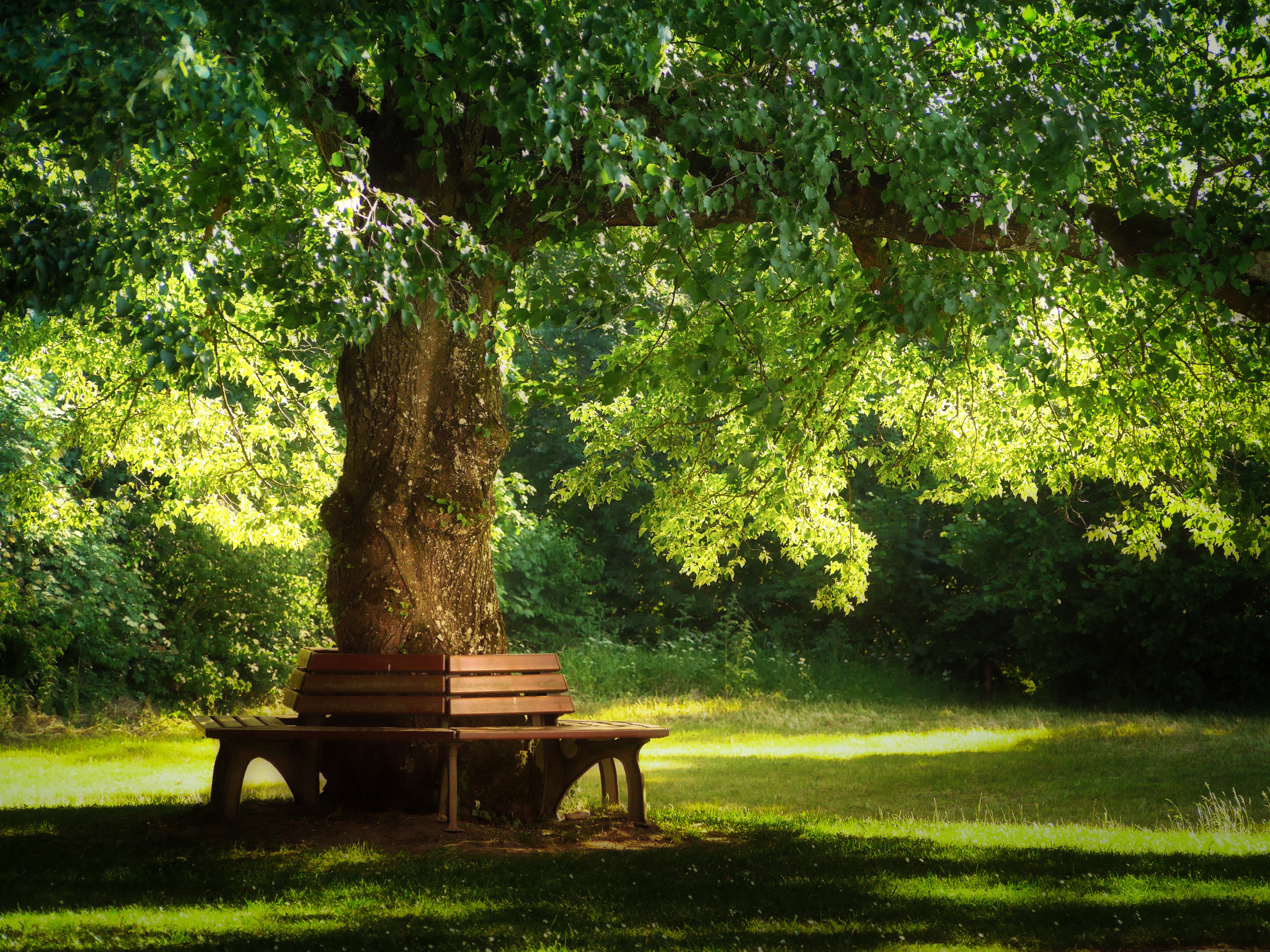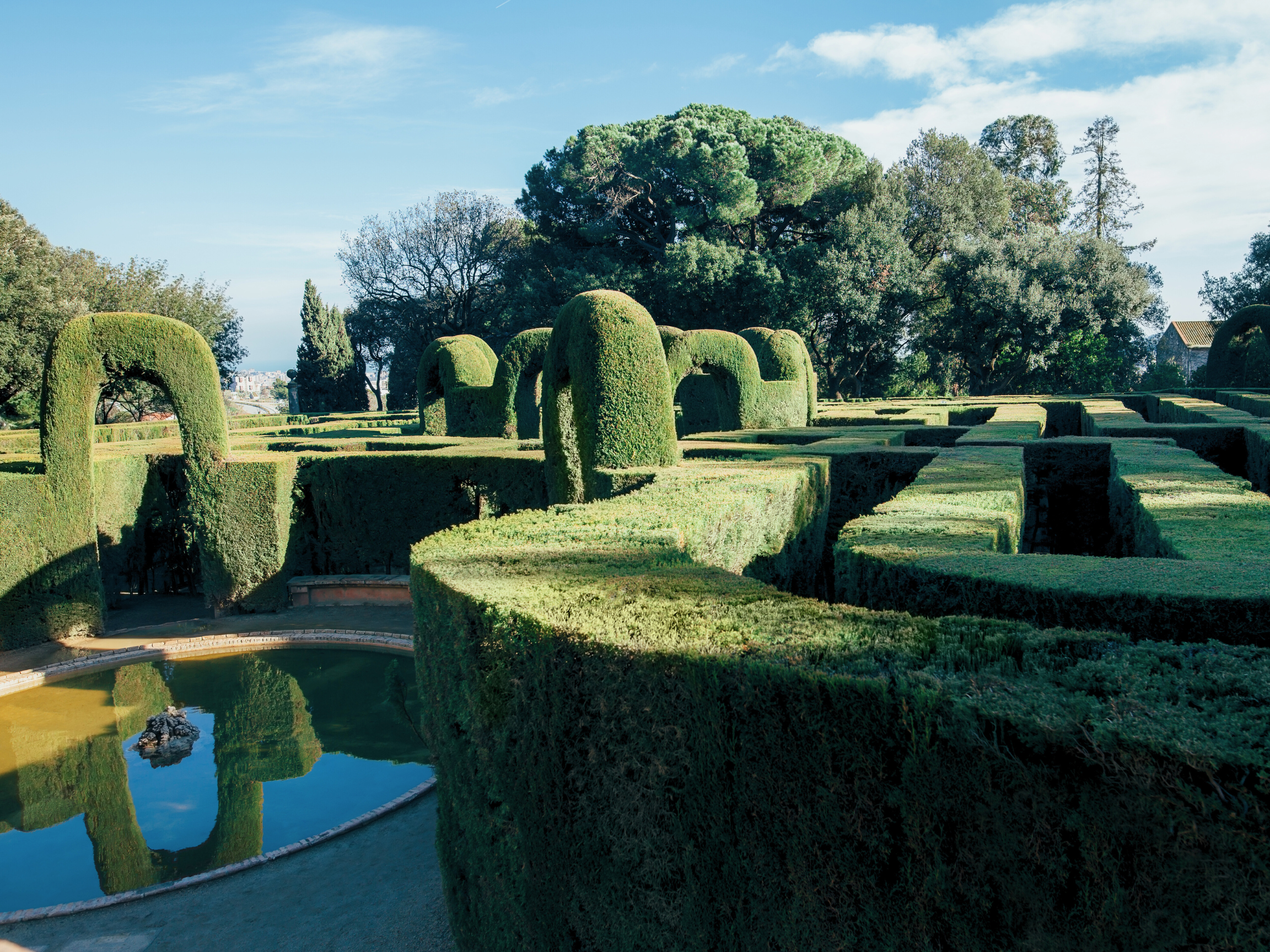In a vibrant and active city like Barcelona, finding silent parks may seem like a challenge. However, tucked between the streets and crowds are green corners where noise fades and silence emerges as an unexpected gift. Join us in exploring spaces where you can breathe, reflect, and reconnect without hurry.
What Are Silent Parks?
Silent parks are urban areas where motor noise and ambient music disappear. These are protected spaces, full of vegetation, benches, hidden corners, and most importantly places that invite presence.
These parks help not only to rest the ears but also the mind. Walking without headphones, observing without urgency, and sitting without an agenda is a form of mindfulness with real benefits.
6 Notable Silent Parks in Barcelona
- Jardí del Turó del Putxet
An elevated space, lightly visited, with shaded benches and peaceful views. Ideal for enjoying quiet parks with a view. - Parc del Laberint d’Horta (inner area)
Though it’s a tourist site, its inner corners are reserved and serene. Perfect for getting lost in silence. - Jardins de la Mediterrània
Located by the sea, it offers long paths and the sound of waves, combining silence and nature. - Parc de les Aigües
Hidden and welcoming, this park in the Horta-Guinardó district features shaded areas perfect for reading or meditating. - Jardins de Rubió i Lluch
Located within the old Hospital de la Santa Creu, it’s a silent oasis in the heart of El Raval. Its architecture and vegetation create a unique atmosphere. - Parc del Centre del Poblenou
A contemporary space designed by Jean Nouvel, where the combination of vegetation, ponds, and architectural structure creates corners for enjoying silence.

Benefits of Silent Parks
Reduces Immediate Stress
Studies show that contact with quiet green spaces lowers cortisol levels, improves blood pressure, and stabilizes breathing. Just 15 minutes in a noise-free environment can have measurable positive effects on the body.
Boosts Creativity
Silence in natural surroundings frees the mind from overstimulation. This activates a more relaxed cognitive mode, ideal for lateral thinking and original ideas.
Improves Mindfulness
In silent parks, bodily awareness sharpens. You become more attentive to your steps, your posture, your breathing. It functions as mindfulness training without the need for a formal structure.
Supports Sensory Rest
We are overexposed to visual and auditory noise. These parks act as a “pause button” where the senses can rest and regenerate.
Encourages Emotional Connection
Quiet spaces invite introspection, which can lead to greater mental clarity and emotional reconnection with oneself or with others.
How to Make the Most of a Silent Park
- Schedule a Mini Routine
Set aside 15–30 minutes a day to visit a silent park. Create a ritual: no phone, no watch. - Practice Conscious Breathing
Upon arrival, take three deep breaths. Connect with your surroundings and slow your body’s rhythm. - Observe Without Judging
Watch the movement of the leaves, listen to the wind, the song of a bird. Don’t analyze, just observe. - Write Afterwards
Spend a few minutes jotting down any thoughts or sensations that arise in a notebook. - Respect the Space
Carry the calm of that place with you. Walk quietly, pick up your litter, and share the silence with others.
Recommended Resources
- Did you enjoy this article? You might also like:
Silent Retreats in the City: Quiet Places in Barcelona
- External study:
The Importance of Greenspace for Mental Health – National Library of Medicine
Conclusion: Silence Is Also Part of the City
Silent parks in Barcelona are more than just green areas; they’re settings for practicing calm, reconnecting with yourself, and breathing without a rush. Rediscovering these spaces is also about regaining balance in the midst of constant movement.
Follow us on Instagram to learn more about silence and urban well-being: @silentfocus.co





